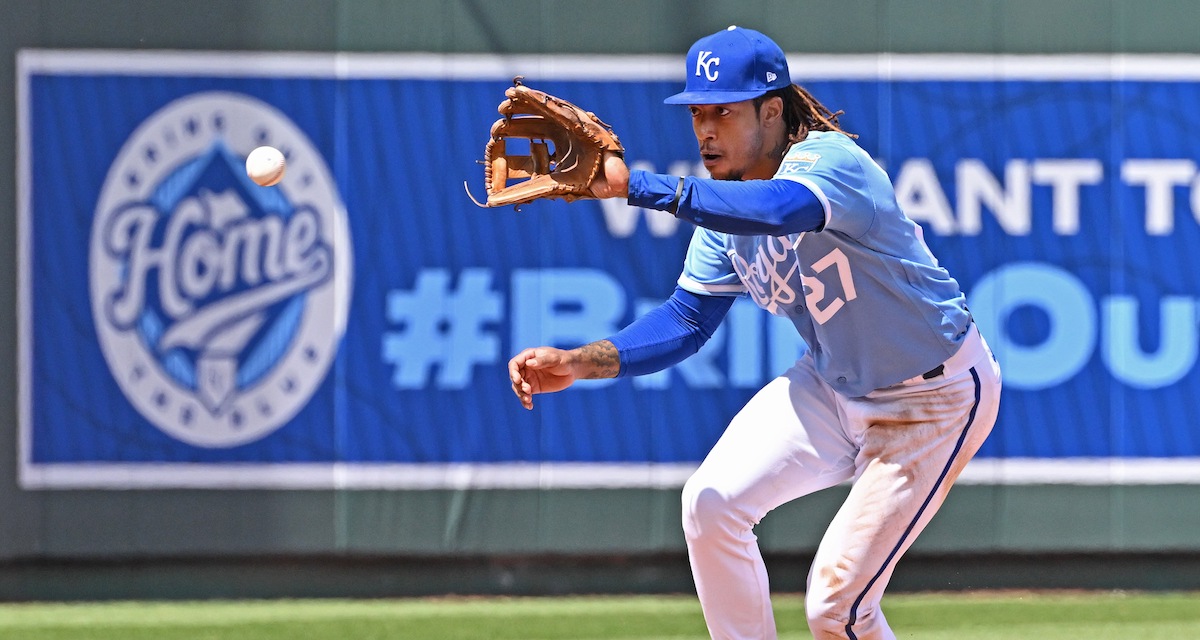Royals Prospect Gavin Cross Talks Hitting

Gavin Cross loves to hit, and he does so, figuratively speaking, with his feet planted firmly on the ground. The son of a former minor leaguer who went on to become a scout and a coach, the sweet-swinging 22-year-old outfielder was drafted ninth overall last year out of Virginia Tech and is now one of the top prospects in the Kansas City Royals organization. His smooth left-handed stroke is a big reason why. Cross logged a 1.071 OPS in his final collegiate season, and he essentially matched that number in his first taste of pro ball. Playing all but three of his games with Low-A Columbia, he put up a 1.070 OPS over 135 plate appearances.
Cross talked about his development as a hitter, and his ability to stay in the moment, last week.
———
David Laurila: How would you define yourself as a hitter, and how have you evolved?
Gavin Cross: “My dad played, and from a young age I was taught to be a hitter first. I was really conventional with my setup all the way until college, and was always trying to hit line drives to left-center. My freshman year — that was the COVID year — I had 24 hits, and 23 were singles. But I was second on our team in exit velo, so I was hitting the ball hard. I just wasn’t really hitting it in the air [and] splitting the gaps. Read the rest of this entry »







